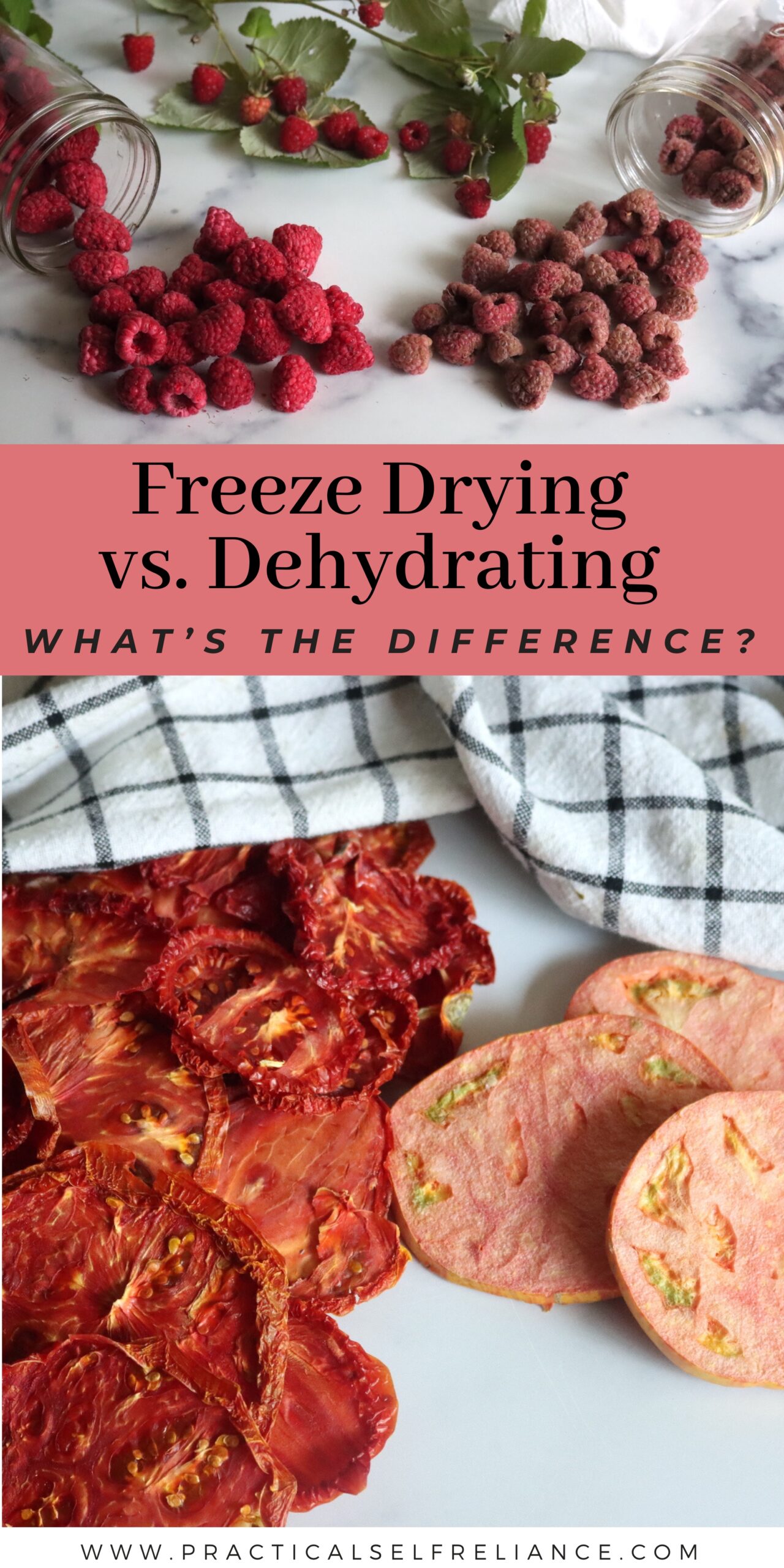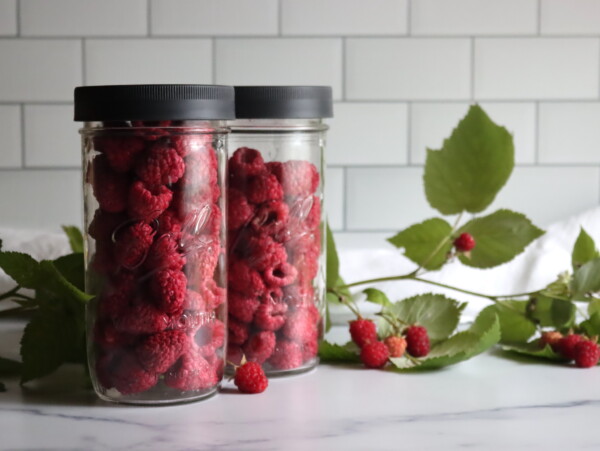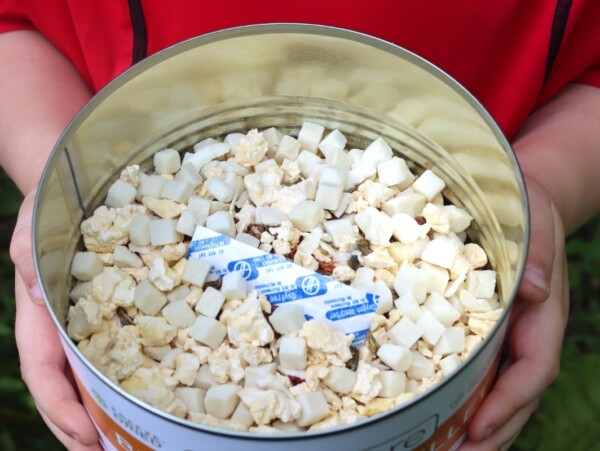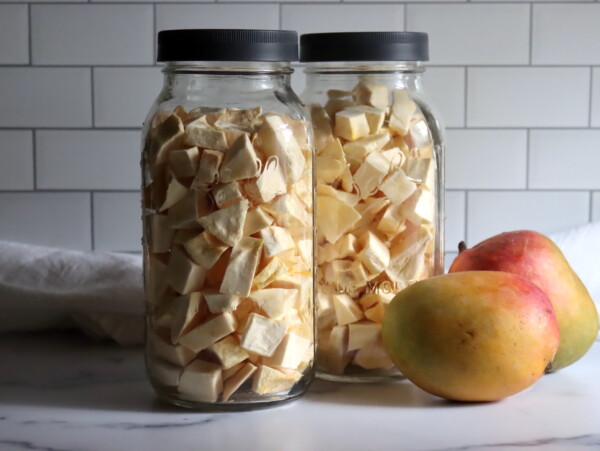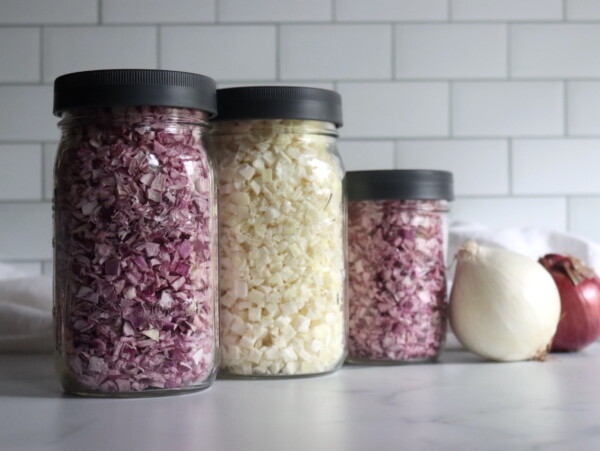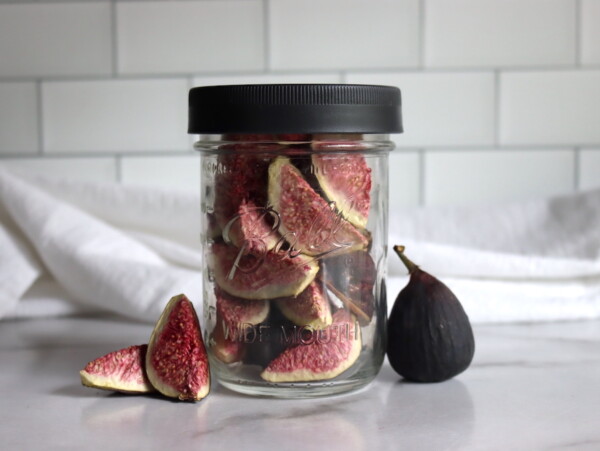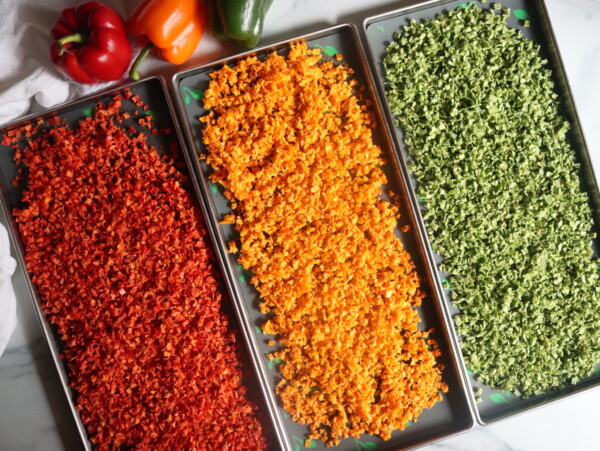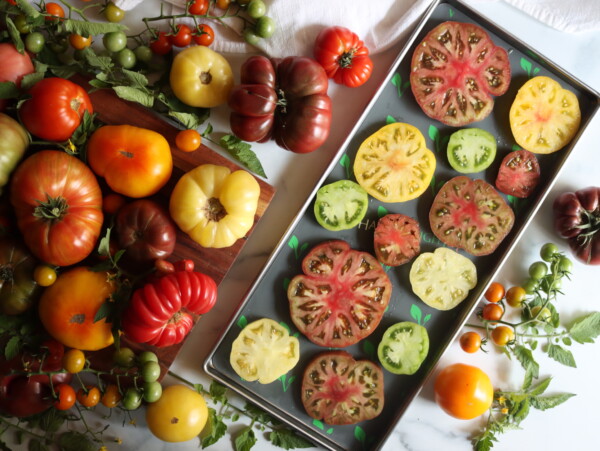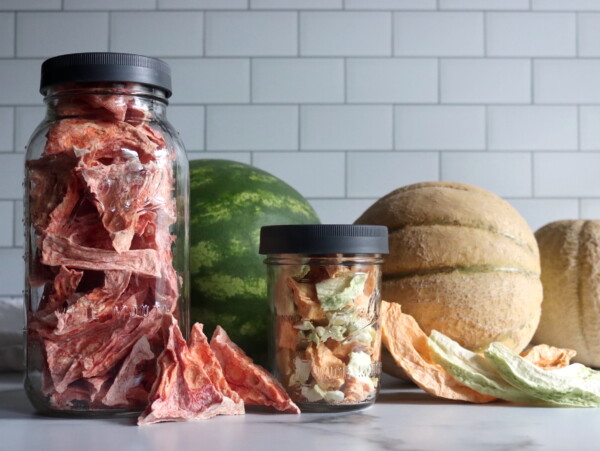Affiliate disclosure: This post may contain affiliate links. Please see our Privacy Policy.
Freeze Drying and Dehydrating are similar in some ways but vastly different in others. Both preserve food for storage without refrigeration, but the taste, texture, quality, and usability of the foods are dramatically different with the two methods.
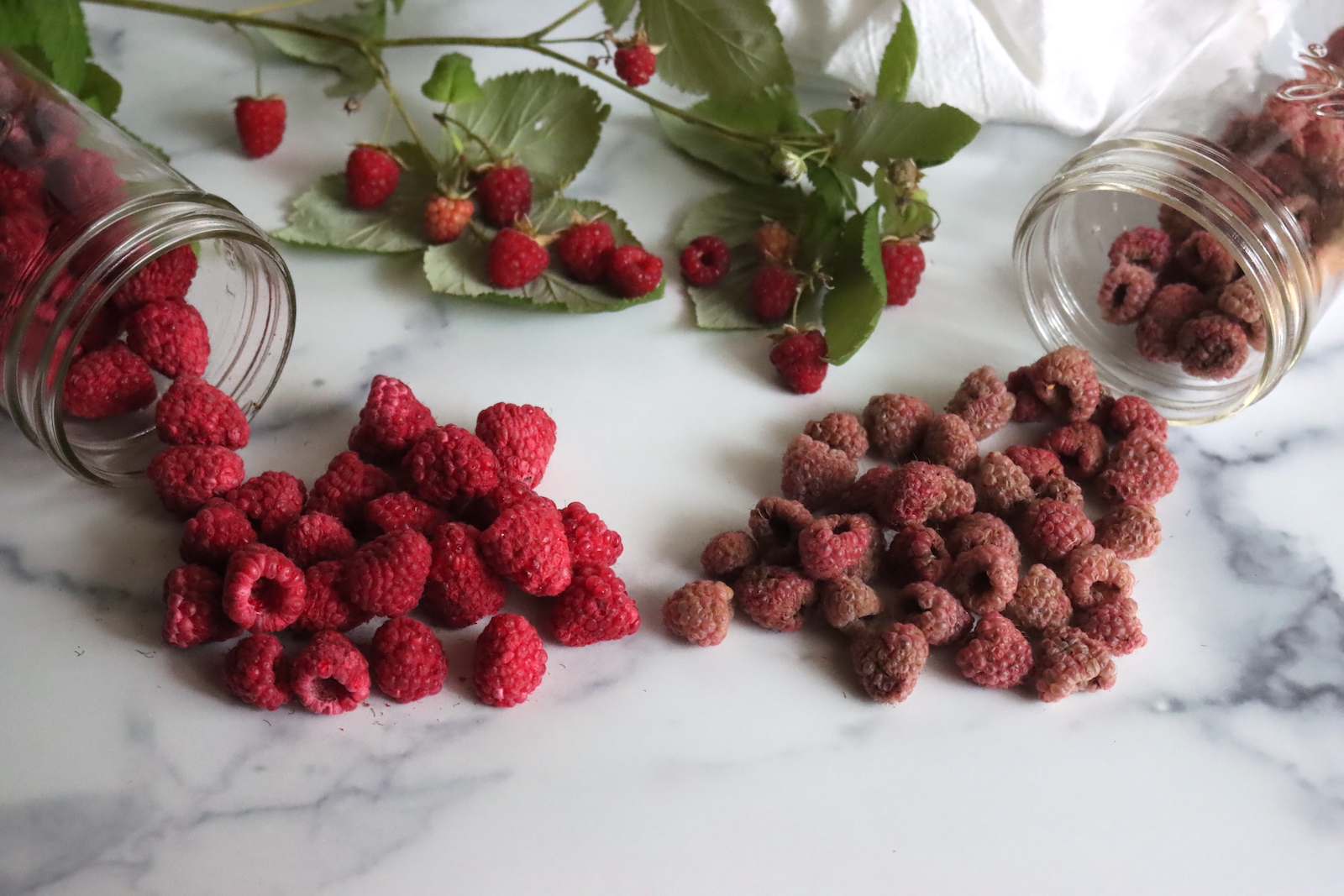
Freeze drying and dehydrating are both incredibly popular these days, and while freeze drying may seem new, it’s actually just as old as dehydrating, though historically, it was done on icy slopes in both Scandinavia and Peru, but without electricity.
The same is true of dehydrating, where people hung food to dry, either in the sun or above campfires.
Both methods have come a long way from their ancient roots, and they’re a lot more efficient and dependable these days with home dehydrators and home freeze dryers.
Both methods are designed to remove moisture from food, making it shelf-stable and easier to store. However, these two processes are quite different in terms of how they work, their impact on food quality, and their long-term benefits.
If you’re trying to decide between the two for preserving food at home, here’s a clear, friendly breakdown of the differences and the pros and cons of each.
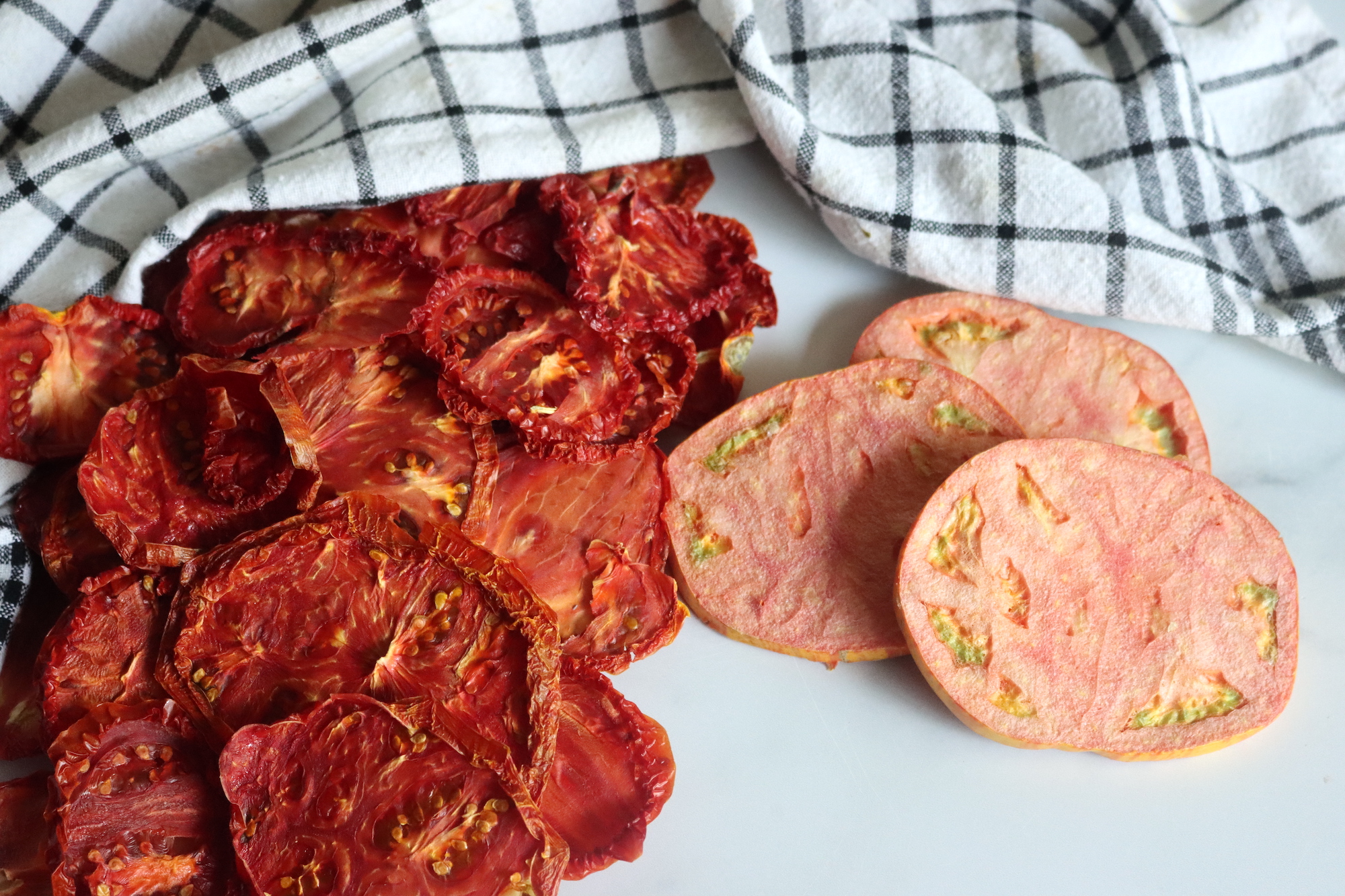
Pros and Cons of Dehydrating Food
Dehydrating food is a method that has been around for centuries. It involves using heat and air circulation to remove moisture from food, typically using a dehydrator or an oven set to a low temperature. During this process, about 70% to 90% of the water content is evaporated from the food, leaving it dry, compact, and shelf-stable.
Dehydrating is an age-old method of preserving food that works by removing moisture, typically through heat and air circulation. The process usually takes place in a dehydrator or an oven set to a low temperature, and it evaporates about 70% to 90% of the water content from the food. As a result, the food becomes dry, compact, and shelf-stable, making it an excellent option for long-term storage.
One of the biggest advantages of dehydrating is that it’s relatively budget-friendly. A dehydrator is an affordable appliance compared to a freeze dryer, and if you don’t have one, you can even use an oven or dry foods in the sun, making this method accessible for most people. It’s also a simple process that doesn’t require constant attention. Once your dehydrator or oven is set up, you can leave the food to dry, freeing you up for other tasks. Additionally, dehydrating is energy-efficient. While it does take time, the energy required is typically less than that of freeze drying, particularly when using solar methods.
However, there are some downsides to dehydrating as well. The heat used during dehydration can degrade certain nutrients, meaning the food might lose some of its original nutritional value. The texture of the food also changes significantly. For example, fruits and vegetables can become leathery or tough, and meats often turn into jerky.
Another drawback is that dehydrated foods tend to have a shorter shelf life, usually ranging from 1 to 3 years, depending on how well they are stored and how much moisture was removed. Additionally, the variety of foods that can be dehydrated effectively is limited. While fruits, vegetables, and meats like jerky do well, other foods, such as dairy or cooked meals, are more challenging or impossible to dehydrate effectively.
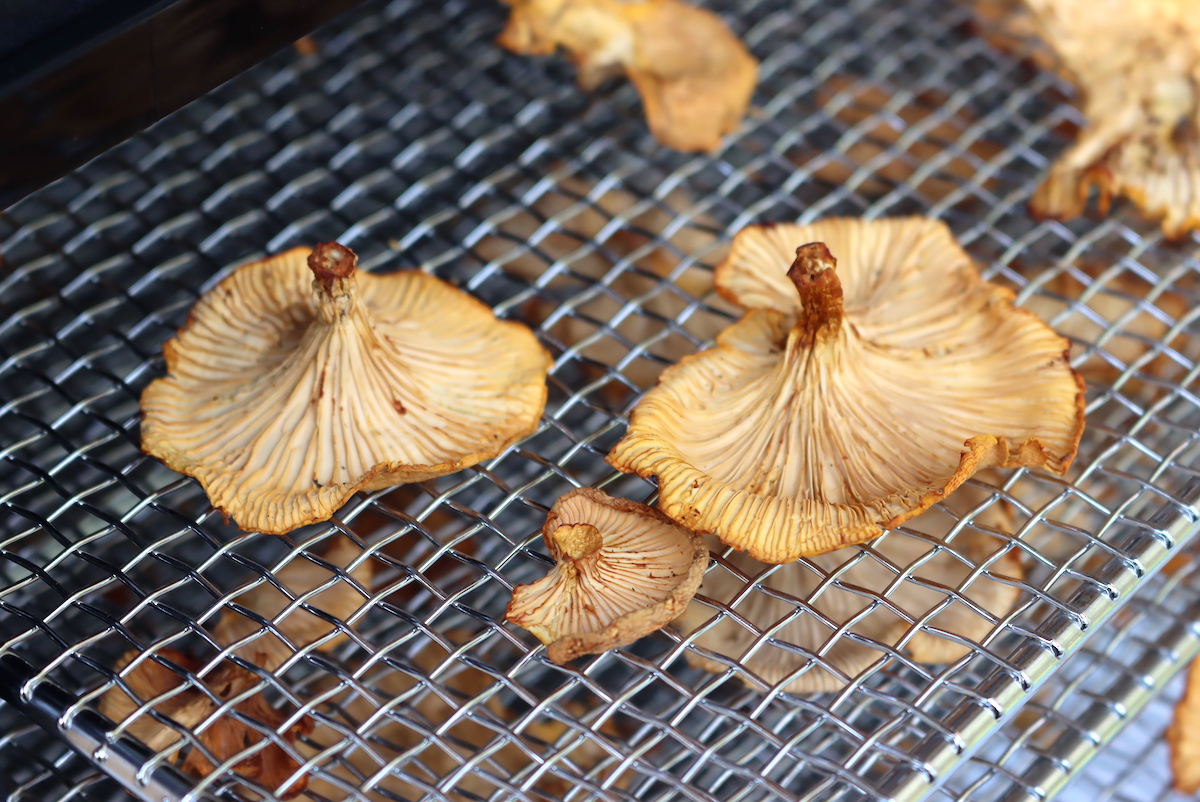
Pros and Cons of Freeze Drying
Freeze drying, in contrast to dehydration, is a more modern and complex process. It involves freezing food to extremely low temperatures (around -40°F or colder) and then placing it in a vacuum chamber. In this chamber, the ice in the food sublimates directly into vapor, bypassing the liquid phase entirely. This technique removes nearly 99% of the moisture without using heat, allowing the food to preserve its original shape, flavor, and most of its nutritional content.
One of the biggest advantages of freeze-drying is that it preserves nutrition and flavor. Since no heat is involved, the food retains 90-95% of its original vitamins and minerals. Freeze-dried foods also maintain their flavor and texture far better than dehydrated foods. Another benefit is the extremely long shelf life of freeze-dried foods. Properly stored in airtight packaging, these foods can last anywhere from 15 to 25 years or more, making them ideal for emergency preparedness or long-term storage.
Freeze-drying is also incredibly versatile—almost any type of food can be freeze-dried, from fruits and vegetables to full meals, dairy, and even ice cream. This makes it a great option for preserving a wide variety of foods. Beyond that, freeze-dried foods rehydrate quickly, often returning to a state very close to their fresh form in just a few minutes, unlike dehydrated foods, which can take longer to rehydrate and may not regain their original texture.
However, there are some significant disadvantages to freeze-drying. One of the main drawbacks is the cost. Freeze-drying requires a specialized, often expensive machine, which can be a big investment upfront. The process also uses more energy than dehydration, especially when handling large batches.
Another downside is the complexity of the process. Freeze drying is more hands-on and time-consuming than dehydration, and it requires careful attention. For those not committed to the process, it can be difficult to manage on a regular basis.
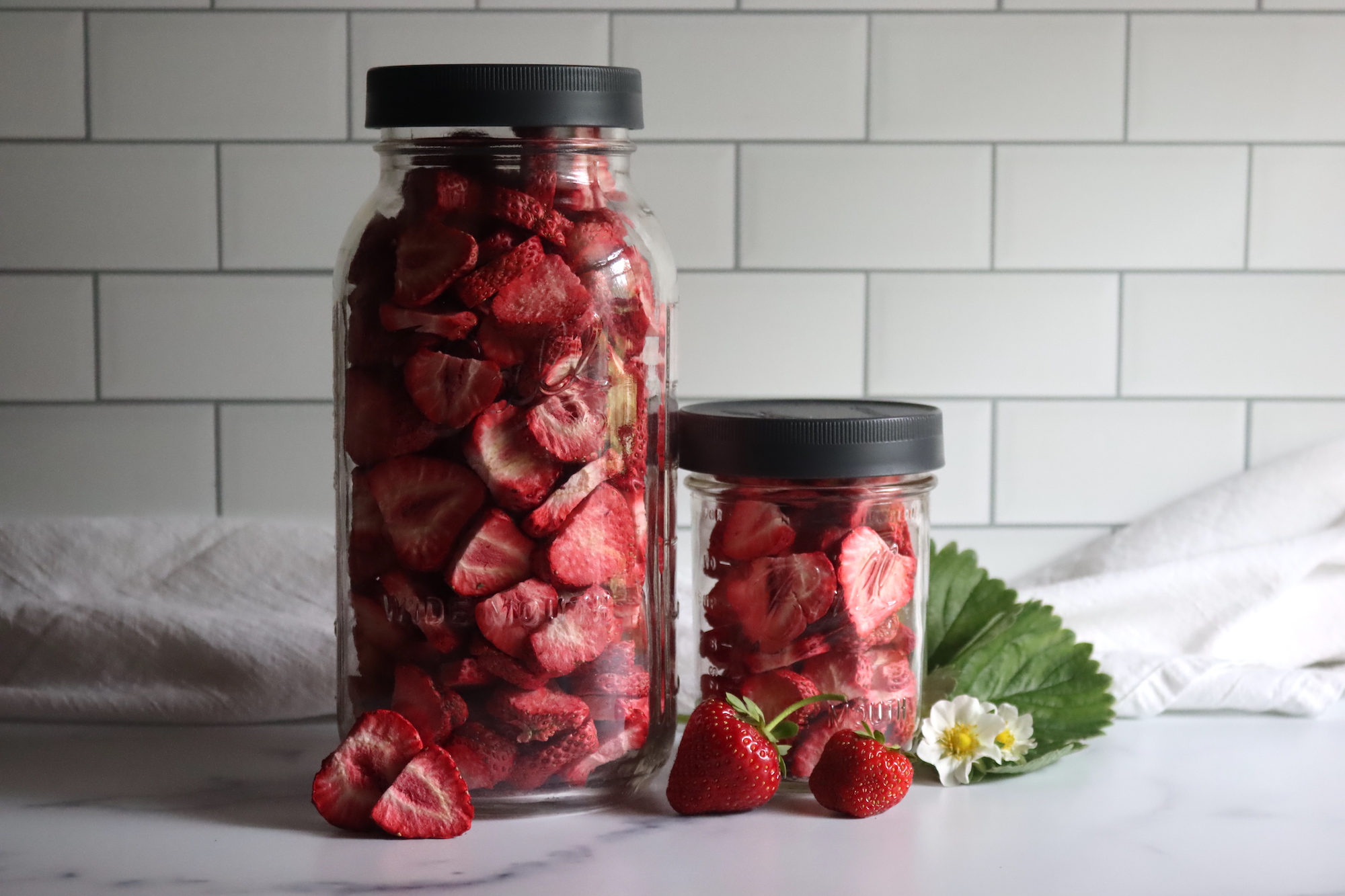
Freeze Dried vs. Dehydrated Comparison
When it comes to preserving foods through dehydration and freeze-drying, the process significantly affects the texture, flavor, and overall quality of the food.
Let’s compare these two methods side by side using real-life examples of foods you might preserve:
Fruit
Dehydrated apples shrink into thin, leathery slices and may turn brown, becoming chewy with a more concentrated flavor. While they’re great for snacking or adding to baked goods, they won’t have the same texture or freshness as fresh apples. Still, I prefer dehydrated apples for snacking.
Fruits that do especially well when dehydrated include dried apples, grapes, kiwi, figs, plums, and mango.
On the other hand, freeze-dried apples retain their original shape and size, and when rehydrated, they come very close to the texture and taste of fresh apples. The freeze-drying process makes them incredibly light and crunchy, and it’s a surprisingly fun snack or useful in cooking.
Fruits that do especially well in freeze-drying include freeze-dried strawberries, raspberries, and pineapple.
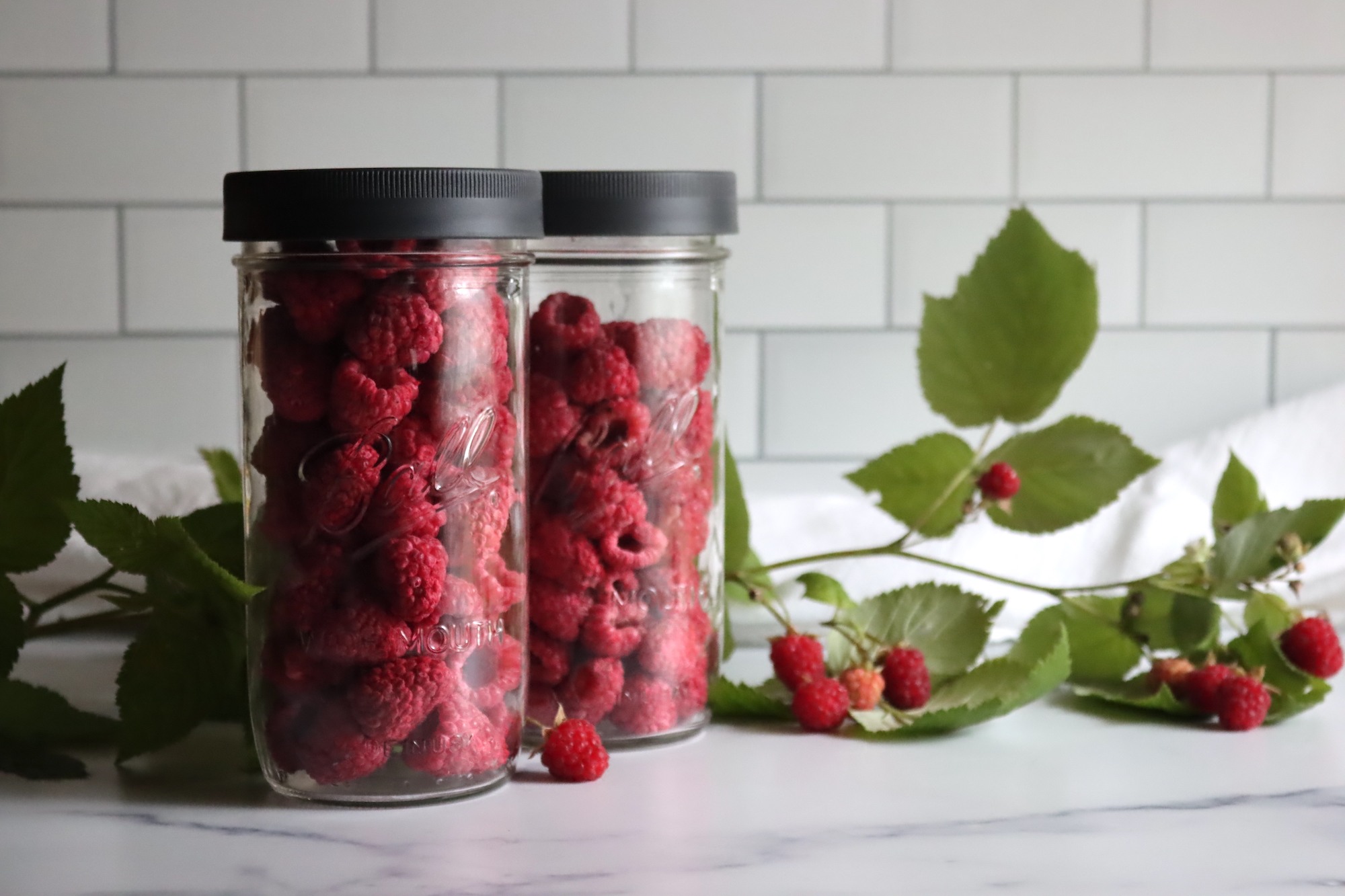
Vegetables
Dehydrated Vegetables shrink down and become leathery or brittle, losing much of their original crispness. While they’re great for soups, stews, or casseroles, they can’t replicate the texture of fresh vegetables.
The flavor tends to be concentrated, and rehydrating them often results in a softer, mushier consistency. Vegetables like carrots, green beans, peas, and bell peppers do especially well when dehydrated, making them perfect for adding to long-term storage meals or backpacking recipes.
Freeze-Dried Vegetables retain their original shape, size, and vibrant color, and when rehydrated, they come incredibly close to fresh vegetables in terms of texture and taste.
Freeze-drying maintains the crispness and crunch of veggies, so they’re great for snacking or adding to dishes like soups and salads.
Vegetables that freeze-dry particularly well include peppers, onions, spinach, corn, and green beans. They rehydrate quickly, making them perfect for fast meals without sacrificing flavor or texture, and they can be served alone as a side dish (without having to mask their texture in a soup or casserole).
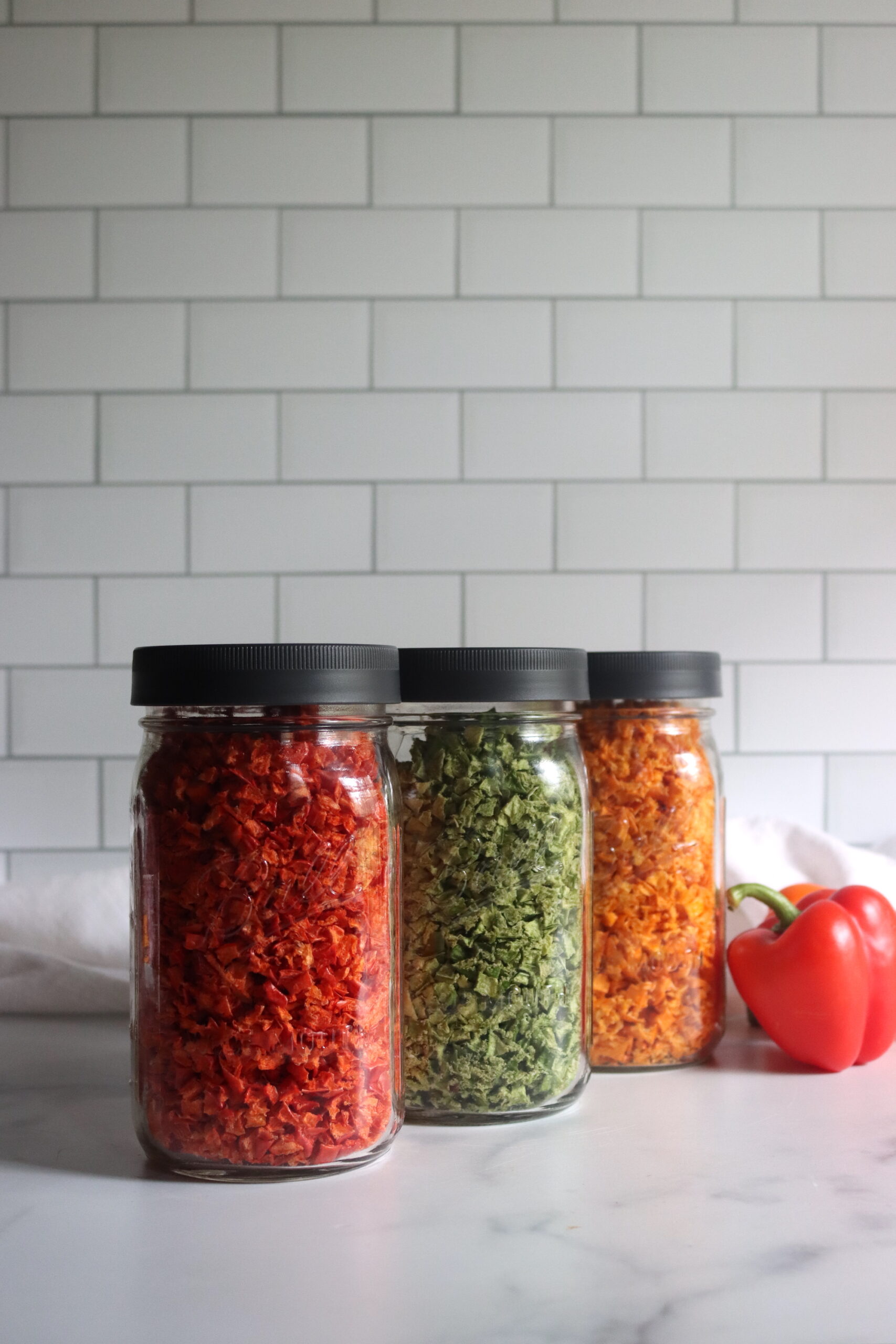
Herbs
Dehydrated Herbs like basil, oregano, and thyme lose much of their vibrant color and essential oils during the dehydration process, resulting in a more muted flavor. The texture becomes crumbly, and the aromas are less intense, so they’re best suited for dishes where their potent scent isn’t critical.
Herbs like rosemary, thyme, and mint are great for dehydrating, and while they may not offer the same punch as fresh herbs, they still provide excellent flavor for stews, soups, and spice blends.
Freeze-Dried Herbs, however, retain their fresh color, fragrance, and essential oils. They can be rehydrated quickly with water and come very close to the fresh herb in both flavor and aroma.
This makes freeze-dried herbs a fantastic option for anyone looking to preserve the true taste of summer herbs for year-round cooking.
Herbs that freeze-dry particularly well include basil, parsley, cilantro, and chives. They rehydrate easily, making them ideal for adding to fresh dishes or as a garnish.
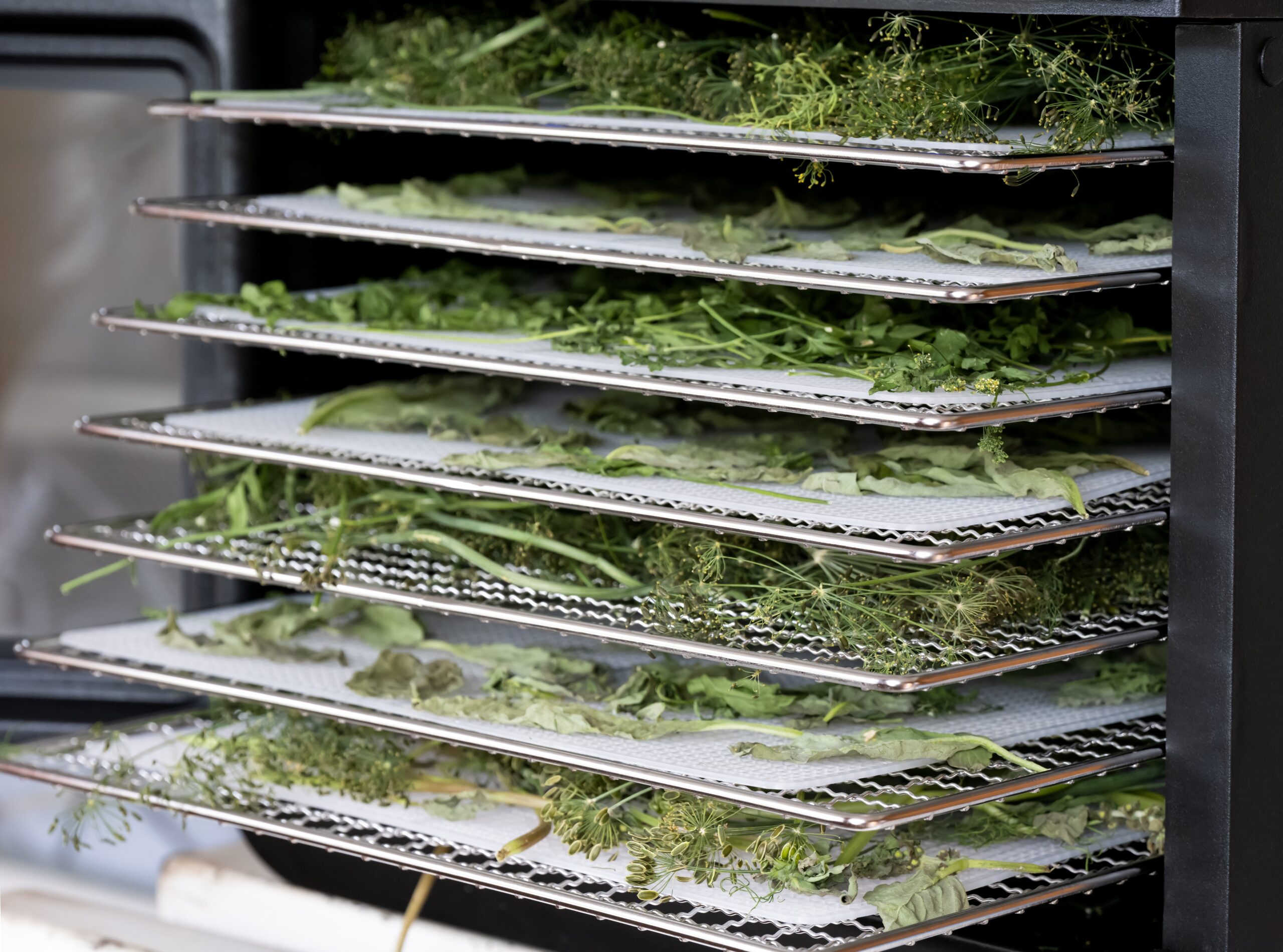
Meat
Dehydrated Meat, like jerky, becomes tough and chewy because it’s cooked during the dehydration process. The texture is leathery and doesn’t return to its original form even when rehydrated. Dehydrated meat is excellent for snacking or adding to dry dishes like soups or stews, but it’s not suitable for meals that require fresh meat texture.
Beef is commonly dehydrated into jerky, which can be a convenient and high-protein snack or ingredient in trail mixes and ready-to-eat meals. Other meats like chicken and pork don’t do nearly as well in the dehydrator.
Freeze-Dried Meat, on the other hand, retains the raw texture of the meat and, when rehydrated, closely resembles its fresh counterpart. This makes it perfect for meals that require fresh meat, like stews, curries, or casseroles.
Freeze-dried meat can be a game-changer for camping or emergency preparedness, as it provides the convenience of long shelf life without sacrificing the texture or flavor of freshly cooked meat. Meats such as beef, chicken, and pork freeze-dry well and can be used in a wide variety of recipes.
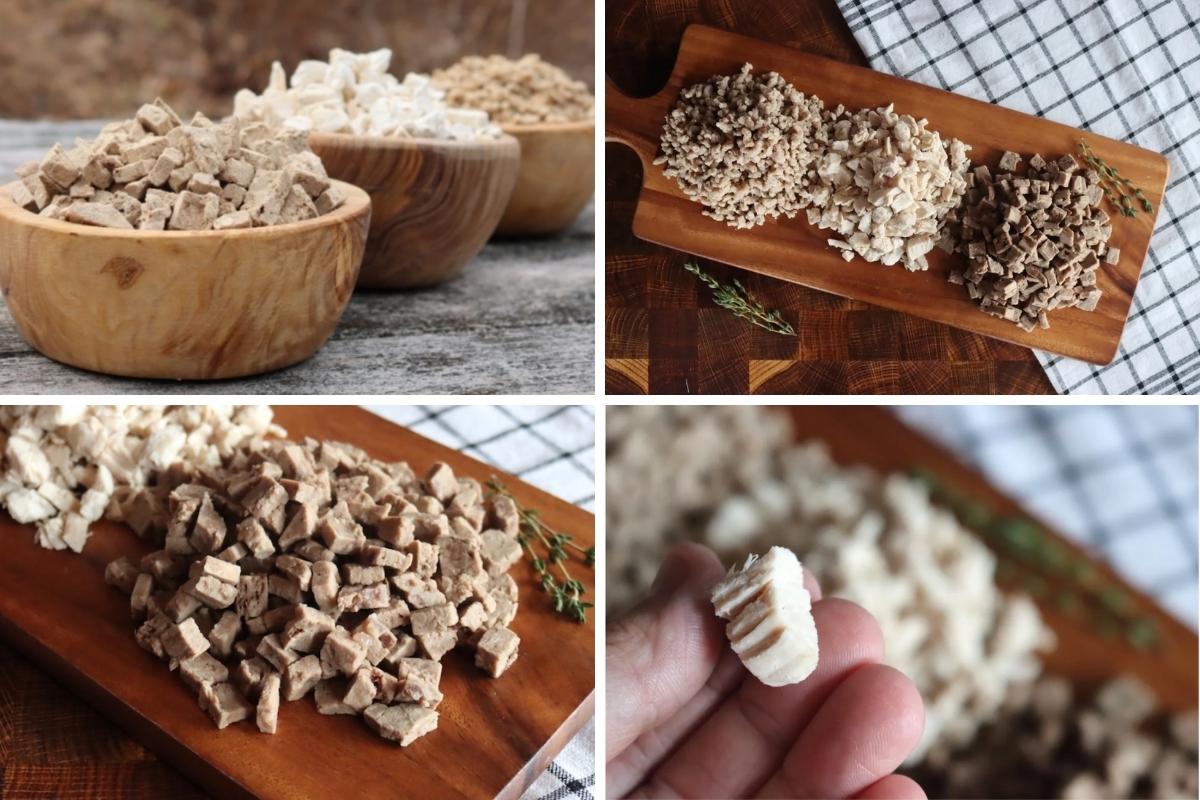
Dairy
Dehydrated Dairy products, like cheese, yogurt, and milk, undergo significant texture changes and are typically used in powdered form. Dehydrated cheese, for example, becomes crumbly and loses its original creaminess, making it best for sprinkling on dishes like pizza, pasta, or casseroles.
Dehydrated milk powder is commonly used in baking and cooking but doesn’t rehydrate to the same smooth consistency as fresh milk. It’s still a handy ingredient for emergency situations or outdoor cooking, but it can’t fully replace fresh dairy in dishes requiring a rich, creamy texture.
Freeze-Dried Dairy products retain much of their original texture and flavor, especially when rehydrated. Freeze-dried cheese, for example, stays in small chunks and maintains much of its original taste, though it will still lack the same creaminess as fresh cheese.
Freeze-dried milk, when rehydrated, returns close to its original form and is perfect for anyone looking to preserve the taste and texture of fresh dairy products for long-term storage.
Dairy products that do particularly well in the freeze dryer include cheese (usually shredded), yogurt (in drops, popular with kids) and ice cream. You can’t dehydrate ice cream, but freeze-dried astronaut ice cream is amazing.
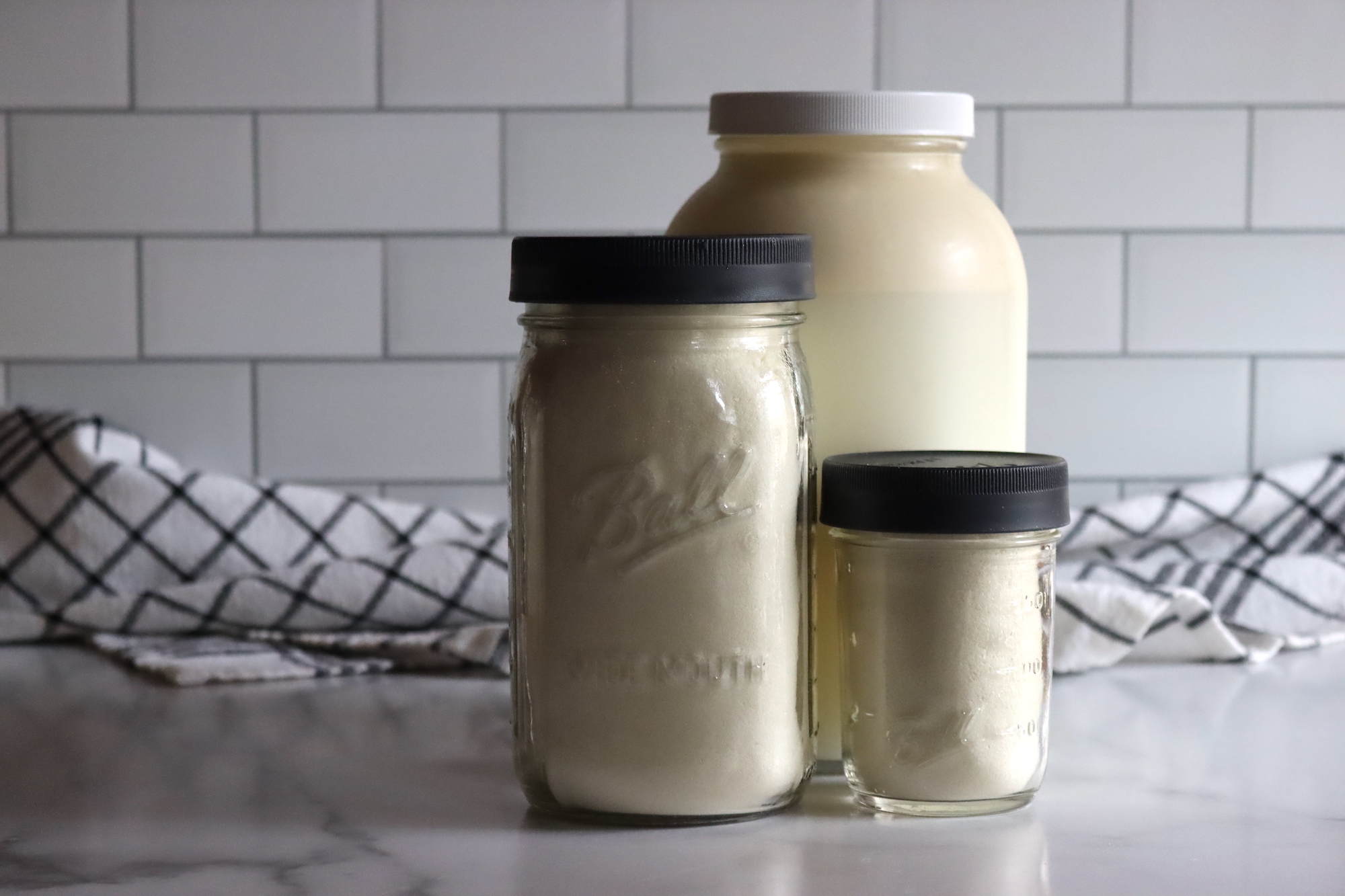
Prepared Meals
Dehydrated Meals like soups, stews, or casseroles can be a convenient way to preserve full meals, but they often lose texture during the dehydration process. The flavors become concentrated, and the texture may become softer or more crumbly when rehydrated. They’re best for quick, hearty meals but may not replicate the fresh experience.
Dehydrated meals are great for emergency preparedness, camping, or busy days when you don’t have time to cook but still want a complete meal. Meals with pasta, rice, or beans tend to do well when dehydrated.
Freeze-Dried Meals such as soups, stews, casseroles, and even full dinner entrees rehydrate incredibly well and often maintain their texture, flavor, and appearance much closer to their original form than dehydrated versions.
Freeze-drying allows the meal to retain its integrity, with many meals needing only water and a little time to rehydrate. Freeze-dried meals are ideal for backpacking, camping, or emergency food storage, as they’re lightweight, space-efficient, and taste remarkably fresh when rehydrated.
Popular freeze-dried meals include chili, chicken curry, and beef stew, which are perfect for a fast and satisfying meal anytime.
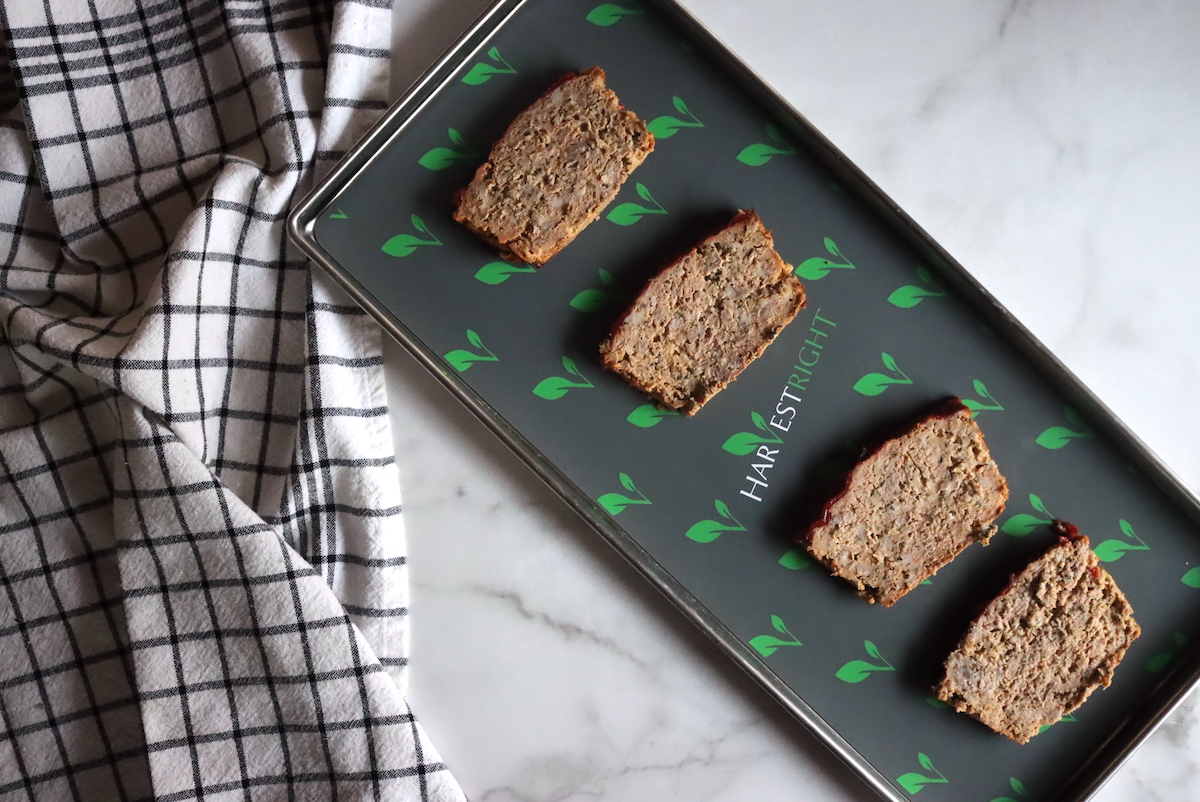
Which One Should You Choose?
Choosing between freeze-drying and dehydrating depends largely on your goals, your budget, and the types of food you want to preserve.
- For Budget-Conscious Beginners: If you’re new to food preservation or have a tight budget, dehydration is the more accessible option. It requires less investment upfront and is easier to manage. It’s ideal for drying fruits, vegetables, and making jerky, as long as you’re okay with a bit of texture and flavor change.
- For Long-Term Storage & Nutrient Retention: If you’re looking to preserve food for long-term storage (for emergencies, camping, or long trips) and want to retain the highest nutritional value, freeze drying is the way to go. It offers longer shelf life, better flavor retention, and versatility in what you can preserve.
- For Variety and Convenience: Freeze drying is the best choice if you want to preserve a wide range of foods—like full meals, dairy, or even ice cream—and enjoy quick and easy rehydration. It’s perfect for backpacking, prepping, or preserving surplus food for the long haul.
If you’re looking for a budget-friendly dehydrator, the Nesco stackable dehydrator is hard to beat. It’s a beginner model, and you can’t adjust the temperature, so it’s not ideal for all foods. All your food will be dehydrated at the maximum temperature (165 F), which is what’s required for food safety when working with meat.
Fruits, veggies, and herbs do better when dehydrated at much lower temperatures, and for that, you’ll want an adjustable model for the best quality. Those are a bit more expensive, but good brands include Corsori Dehydrators and Excaliber Dehydrators.
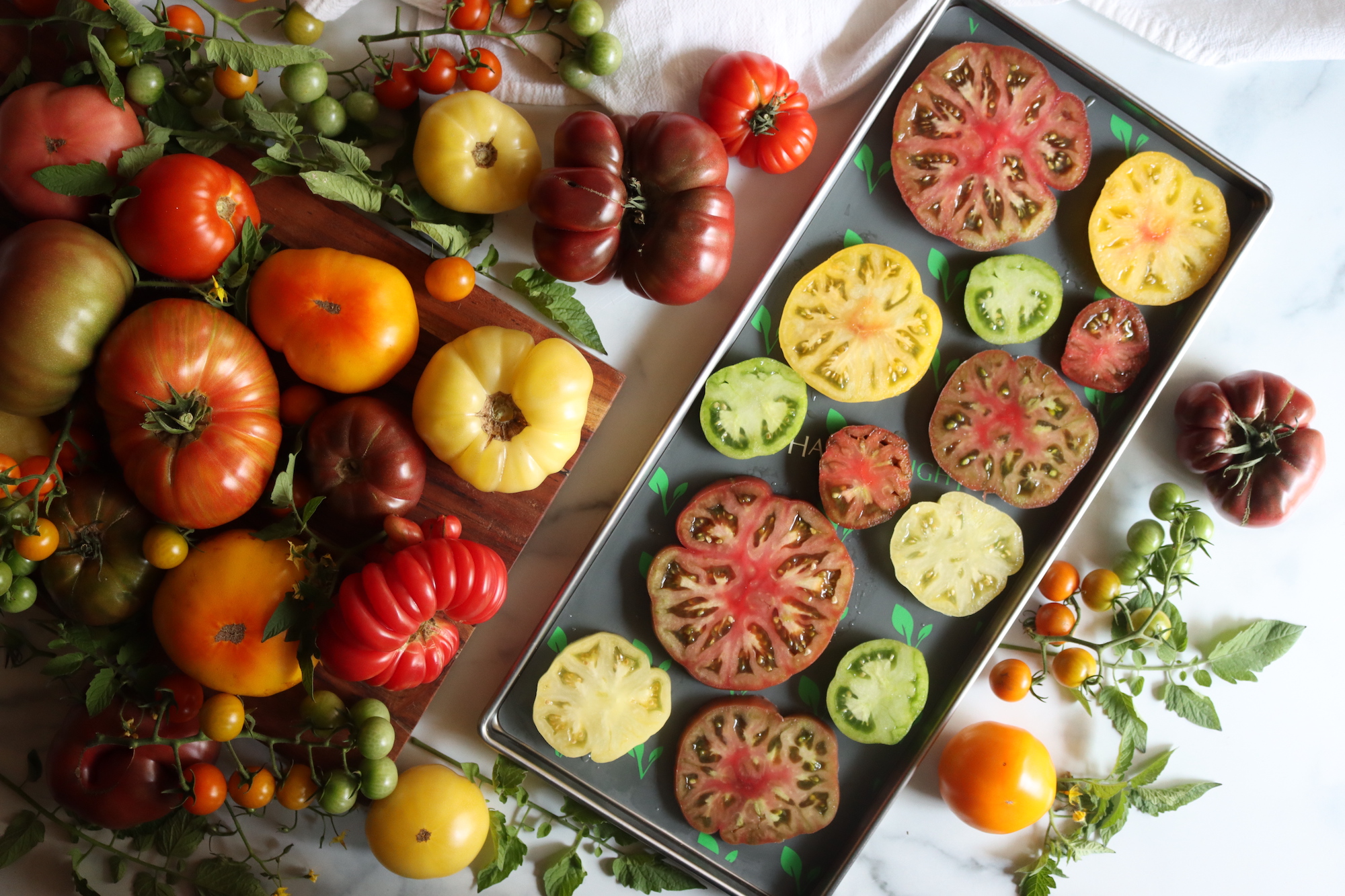
For freeze dryers, there’s nothing that really compares to a Harvest Right Freeze Dryer. They were the first ones on the market, and they’ve stood the test of time. They’ve actually come down in price over the years as the technology and manufacturing process get more advanced, and the smaller models are about the same price as a home refrigerator.
The bigger models are a bit more expensive, but you can put up a lot of food in those, and they’ll save you money in the long run, especially if you have a big garden or plan to do a lot of camping.
Both methods are great for food preservation, but the right choice depends on your needs and how much you’re willing to invest in the process.
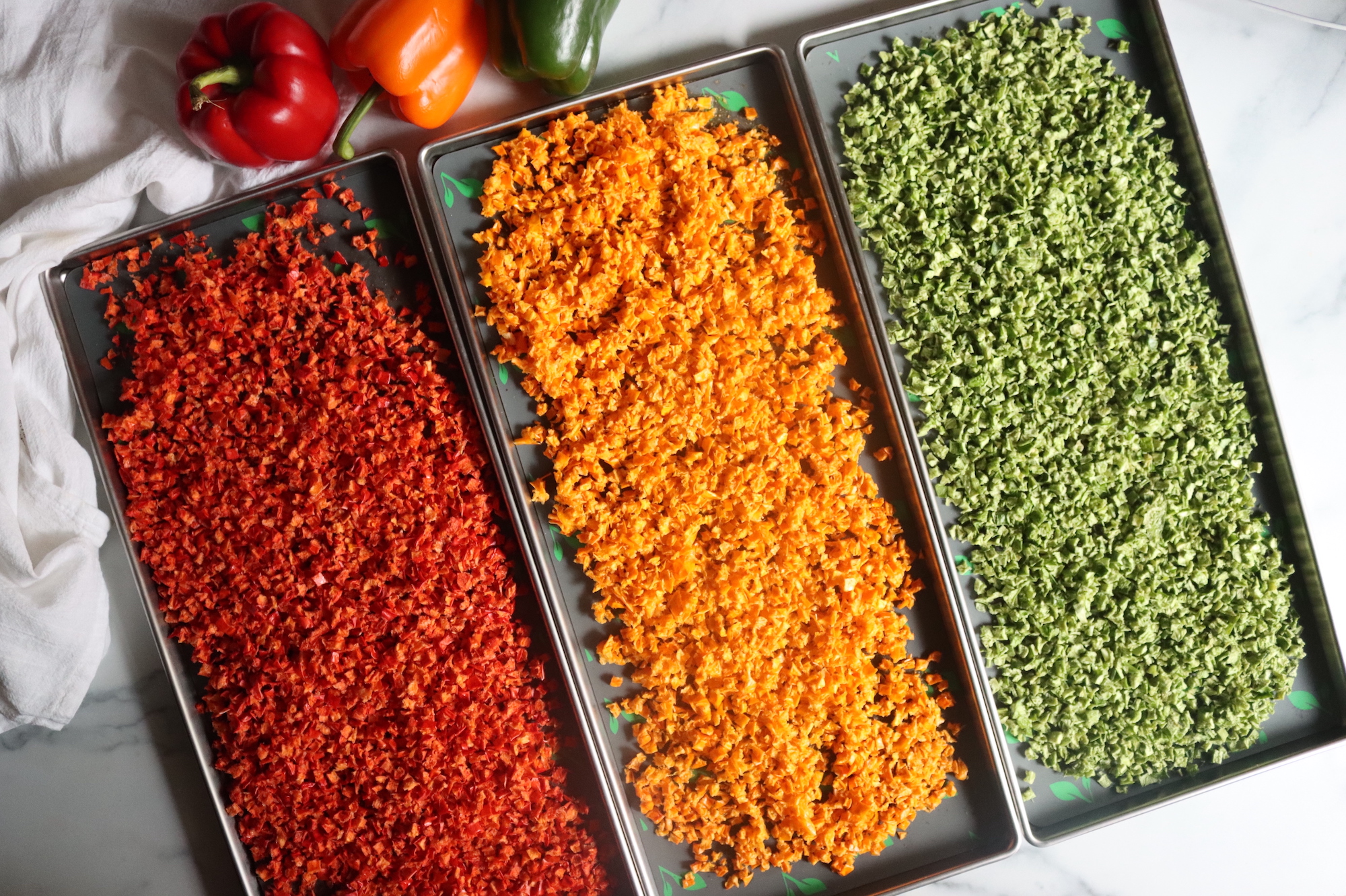
Freeze Drying Guides
Freeze Drying
How to Freeze Dry Raspberries
Emergency Preparedness
How Long Does Freeze Dried Food Last?
Freeze Drying
How to Freeze Dry Mango
Freeze Drying
Freeze Drying Onions
